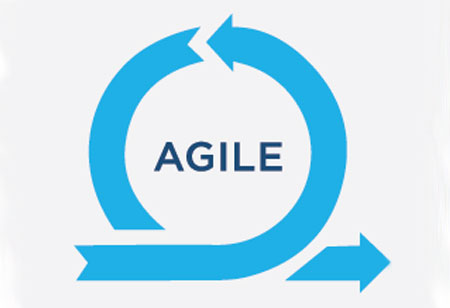THANK YOU FOR SUBSCRIBING
The Role of Management Support in Agile implementations
It is essential that everyone involved in operating the business needs to be aware of how IT is being used and how it can change daily operations.

By
Apac CIOOutlook | Thursday, January 01, 1970
Stay ahead of the industry with exclusive feature stories on the top companies, expert insights and the latest news delivered straight to your inbox. Subscribe today.
As IT becomes embedded in business processes, it is necessary that everybody concerned in operating the business is responsive to how IT can change daily operations. Getting support from all levels of management is a priority. Besides, if not quite all, it is essential that everyone involved in operating the business needs to be aware of how IT is being used and how it can change daily operations.
It is very imperative that there is a buy-in from the senior management as this will mean that the leaders will be advocating with their focus immersed on creating an optimally effective system. One has to recognize that the senior management is not only the person who lead specific groups but are also the ones who play a crucial role in bringing change and driving agile practices across the organization.
The agile methodology also brings new demands on the execution side, including greater collaboration among stakeholders and teams, clearly defined objectives, high levels of employee engagement, and self-directed and motivated teams that can work without supervision.
However, agile has adopted a different way of working and can’t succeed unless all branches of an organization are in accord. While enforcing strict mandates might not work with agile teams, an element of discipline is necessary to meet the end goals. The transition may not happen immediately; it requires continuous efforts to develop and nurture an agile ecosystem that supports quick changes, as well as leadership that builds trust among teams about the value agile delivers.





